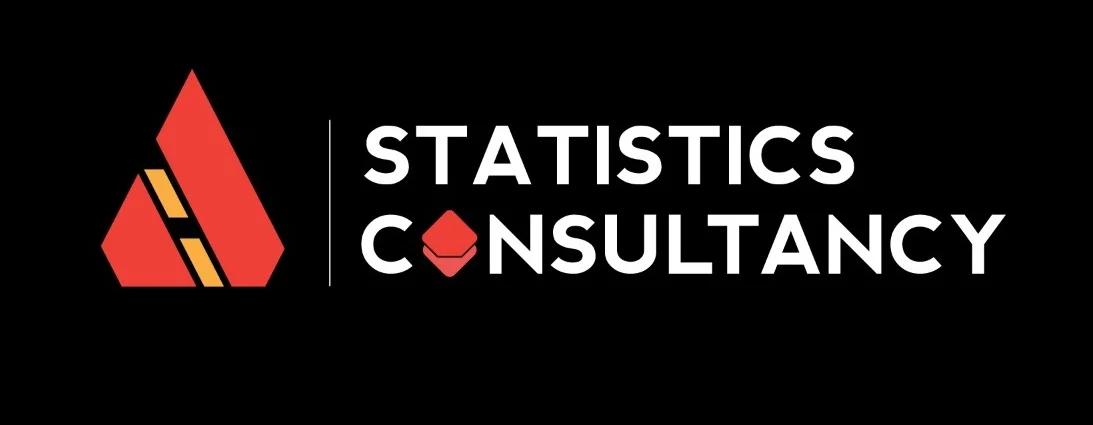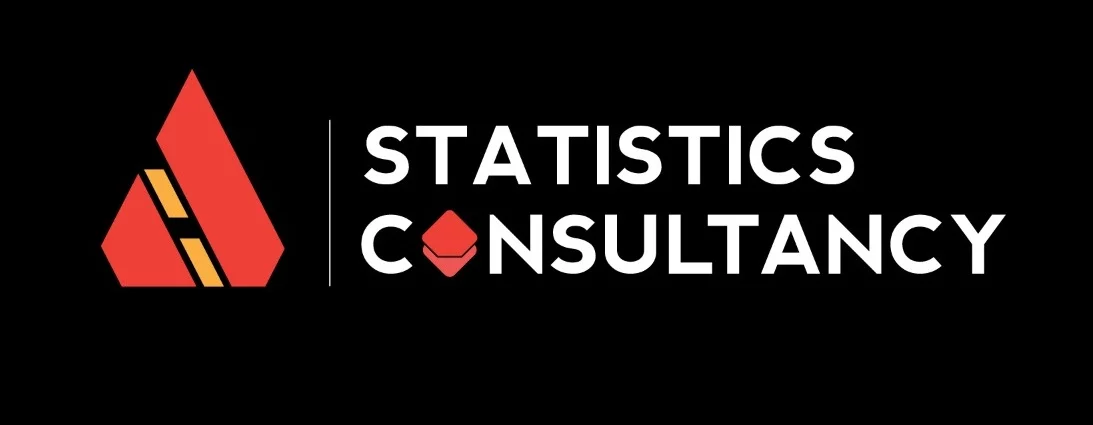Introduction of logistics service:
- Logistics service, the transfer of knowledge, goods, and money between various parties such as vendors, producers, sellers, retailers, and consumers is a dynamic feature.
- Logistics service providers and vendors play a significant role in this process as they are responsible for procuring and delivering raw materials and supplies, which ultimately results in the delivery of finished products to consumers.
- By outsourcing logistics functions, organizations can focus on their core competencies and maximize profits.
This article will explore the efficiency and productivity of logistics service providers in enhancing the core competencies of businesses.
Logistics Services:
- For businesses that offer goods and services, the process of obtaining and delivering products is crucial.
- This is especially true for online businesses, where the transportation of products from one location to another is essential.
- In order to accomplish this, businesses often rely on logistics services, which fall into three main categories.
- The logistics industry is vast and includes a variety of resources that impact how goods are transported from the manufacturer to the intended recipients.
- Logistic service providers offer a wide range of services to help businesses transport and distribute their goods efficiently.
- Three of the primary services offered by these providers are warehousing services, freight services, and courier services.
Warehousing services:
- Warehousing services involve the storage and transportation of commodities in warehouses.
- Depending on their preferences, businesses can choose to use their own facilities for storage or collaborate with third-party logistics service providers.
- These providers typically receive ship, and store items for their clients.
- The amount of storage space needed depends on various factors such as the size of the goods, the time aspect of the need for space, the ease at which products can be accessed, and several other factors.
Freight services:
- Freight services are commonly used to transport large products and orders, using various vehicles such as aircraft, trains, cargo, and trucks, among others.
- Drayage services, which are part of freight services, allow orders to be shipped from ports to specific warehouses for storage.
- The distribution provider is responsible for ensuring that the supplies are shipped on schedule, regardless of the situation or the company’s circumstances.
- This helps to maintain brand and consumer satisfaction.
Courier services:
- Courier services are another popular delivery service provided by logistics service providers.
- Courier shipping is usually used for smaller orders and goods that are particularly delicate and require special handling during distribution.
- Popular courier services such as UPS, FedEx, and other shipping firms provide faster delivery options than freight transport.
- The reason for this is straightforward: courier services deal with smaller packages rather than massive amounts of goods.
- Many retailers save delivery services for the last phase, where the merchandise is delivered straight from the factory to the expected customers.
Analysis of Efficiency And Productivity In LPS:
The significance of City Logistics (CL) as a comprehensive solution for mitigating the adverse effects of delivery operations without negatively impacting social, cultural, or economic concerns has gained attention due to the rise of urbanization and recognition of the impact of freight transportation. Logistics service providers (LSPs) play a crucial role in this regard.
To assess productivity and efficiency in LSPs, various trends can be observed:
- One trend involves focusing on strategy and adhering to established practices rather than experimenting with new networks. This approach emphasizes the greening of LSP practices and understanding the competitive nature of the logistics market.
- Another trend involves placing internal emphasis on reaching individual customers rather than broad interaction. This approach prioritizes customer focus and promotes the exchange of green skills and competencies.
- The final trend concerns how green practices are regulated within the business and resource investment, with a focus on top-down passiveness versus bottom-up technological exploration.
Conclusion:
Corporations’ efforts to increase productivity have led to various trends, even though they may have conflicting methods of behavior and reasoning.
The use of 3PL facilities is prevalent in the sale of retail and household goods. These services aid in meeting customer demands promptly and reducing delivery costs in the supply chain. Warehouse and logistics management is a challenging task that ensures the timely delivery of high-quality products to consumers.
Future research will focus on assessing intricate markets and different geographical regions. This approach will enable the identification of critical aspects of each market under review and facilitate comparisons with other markets.

